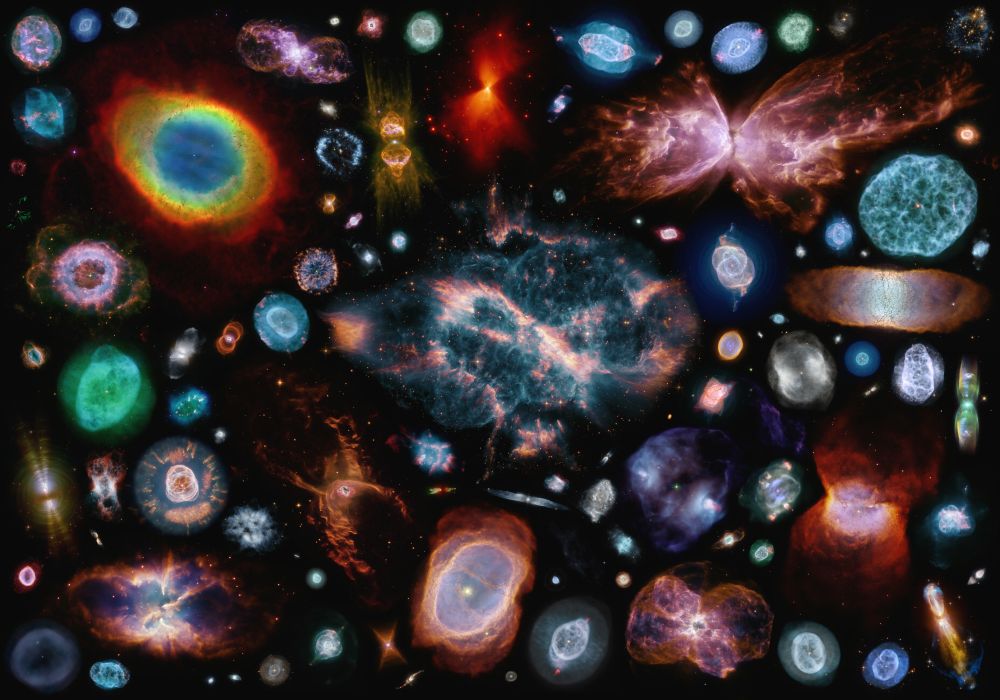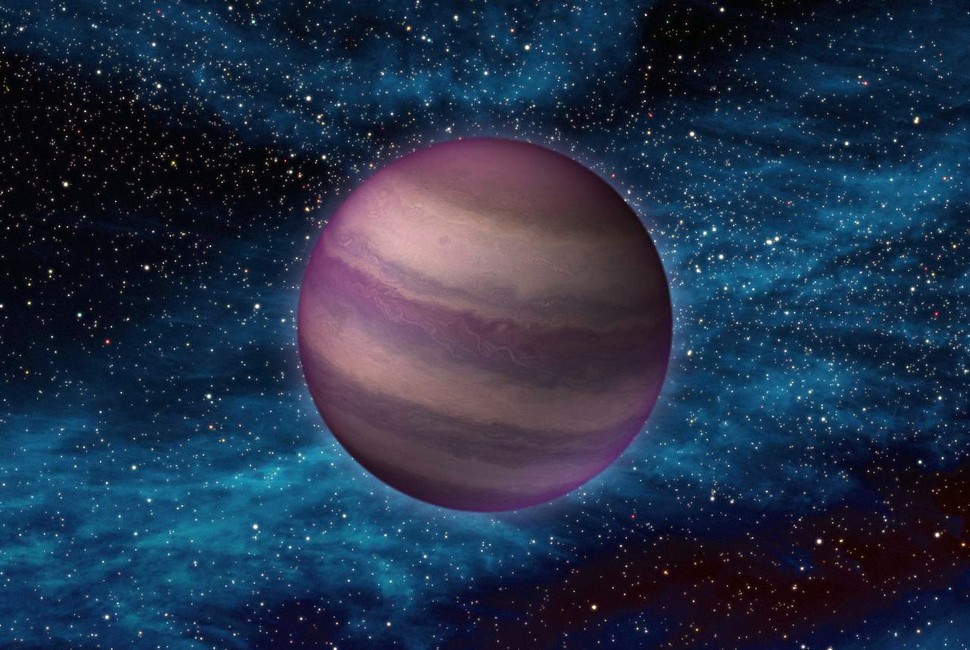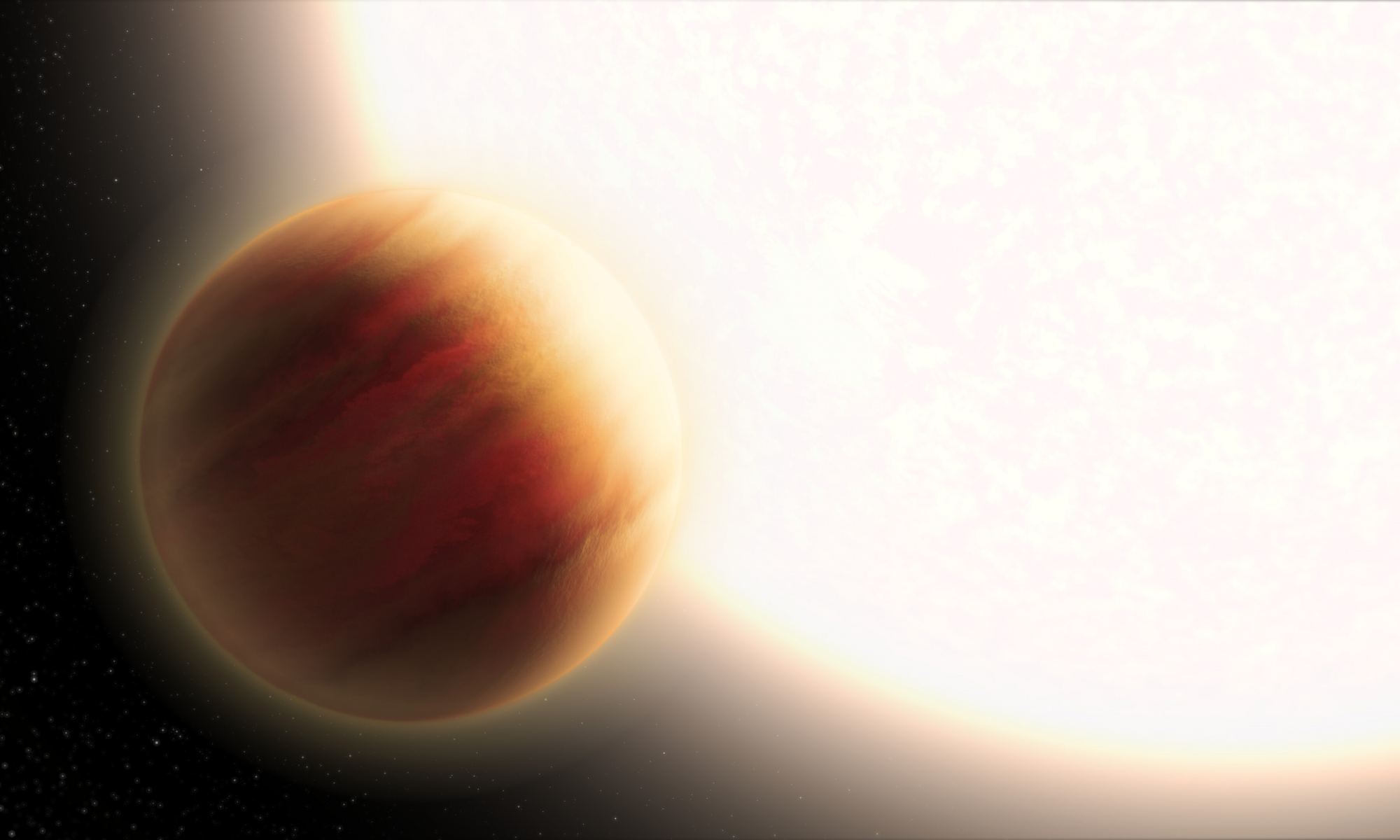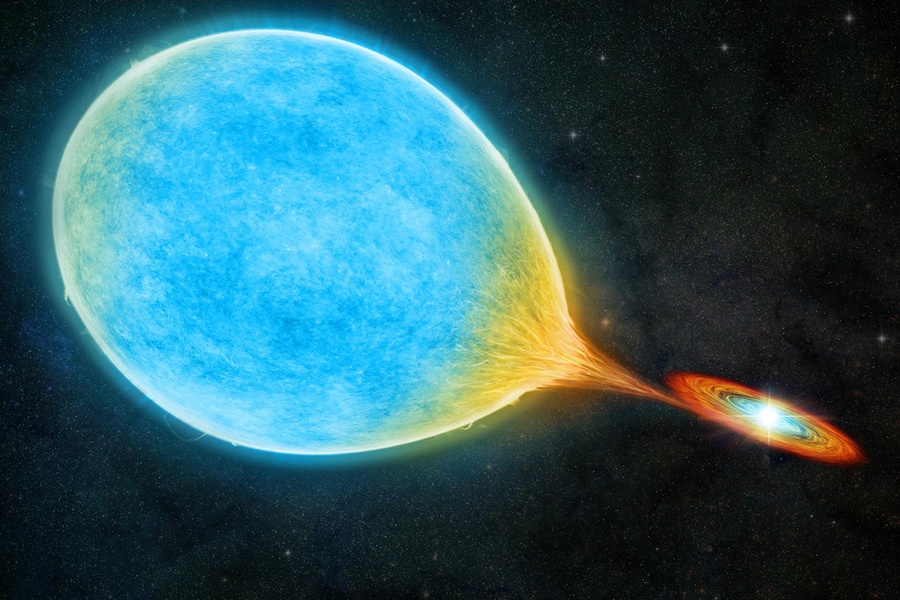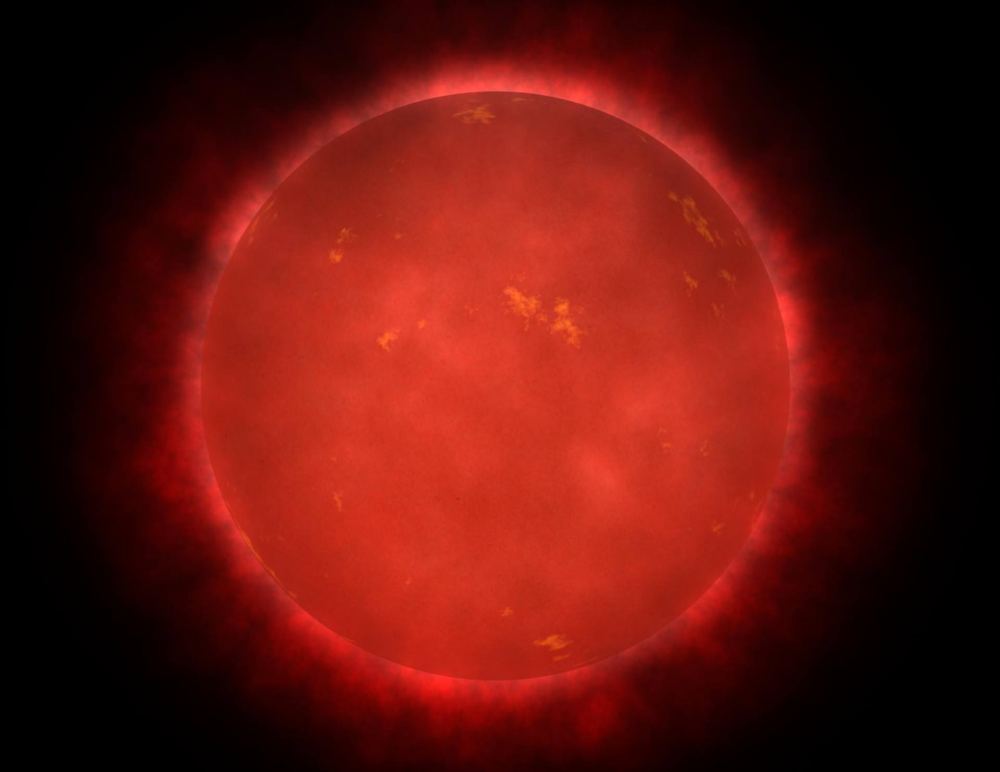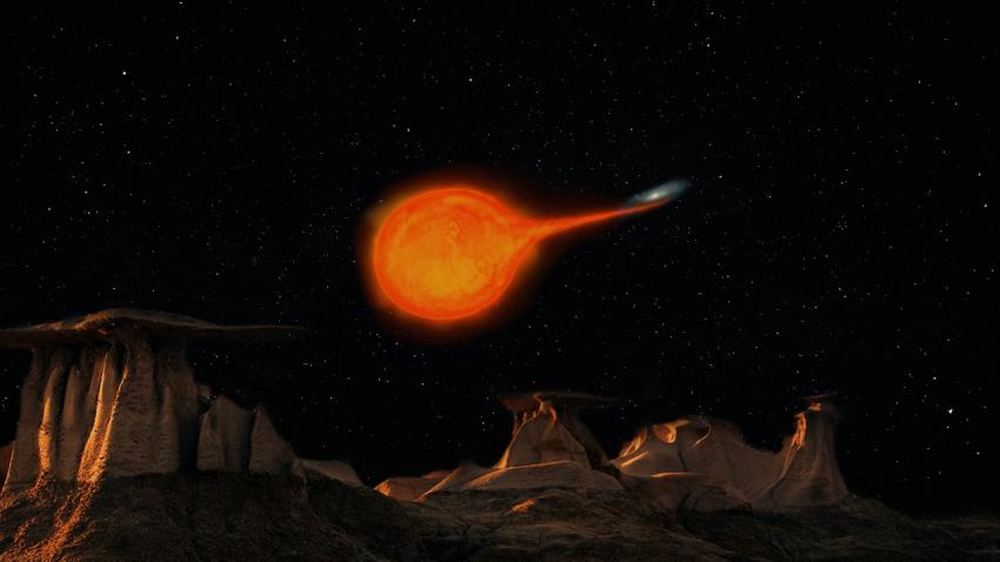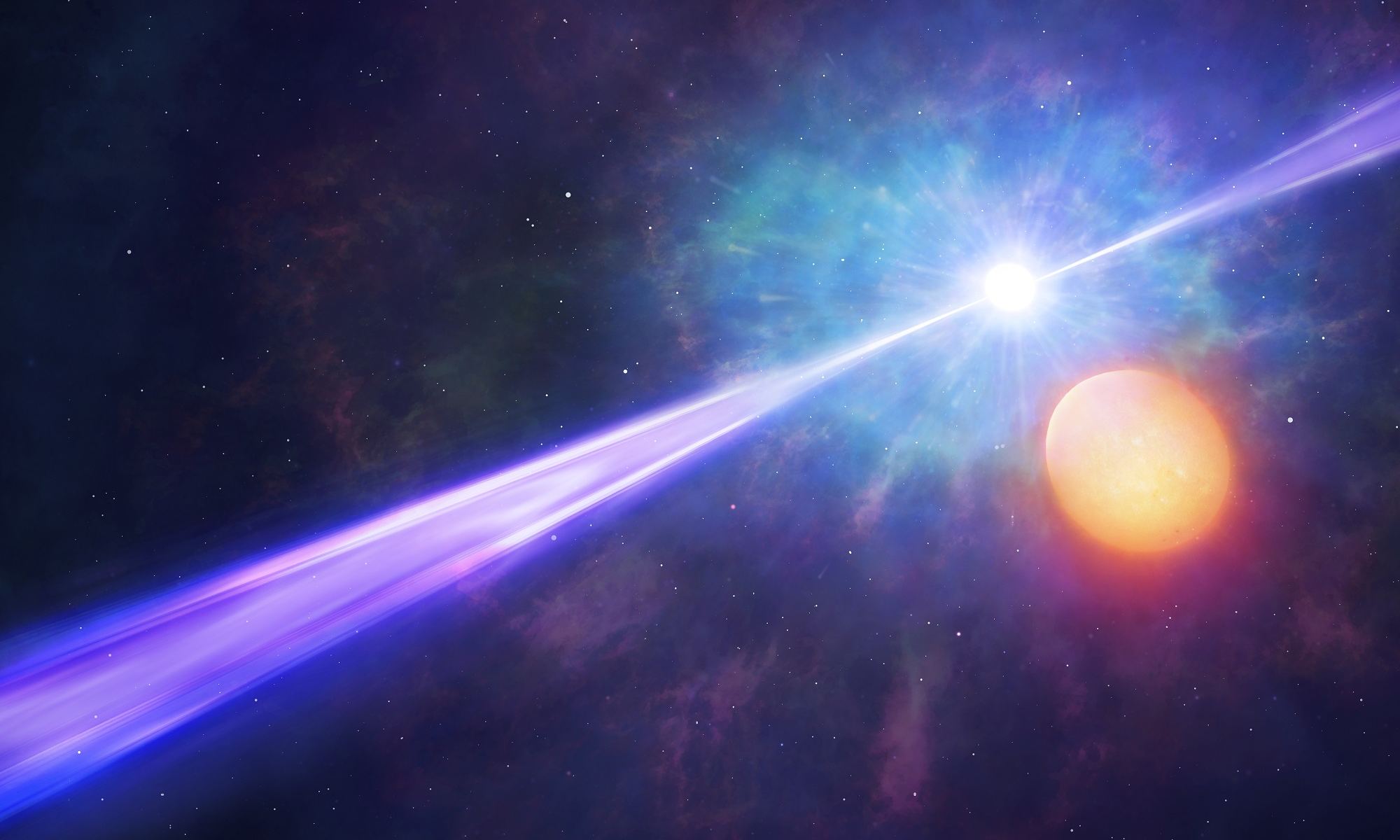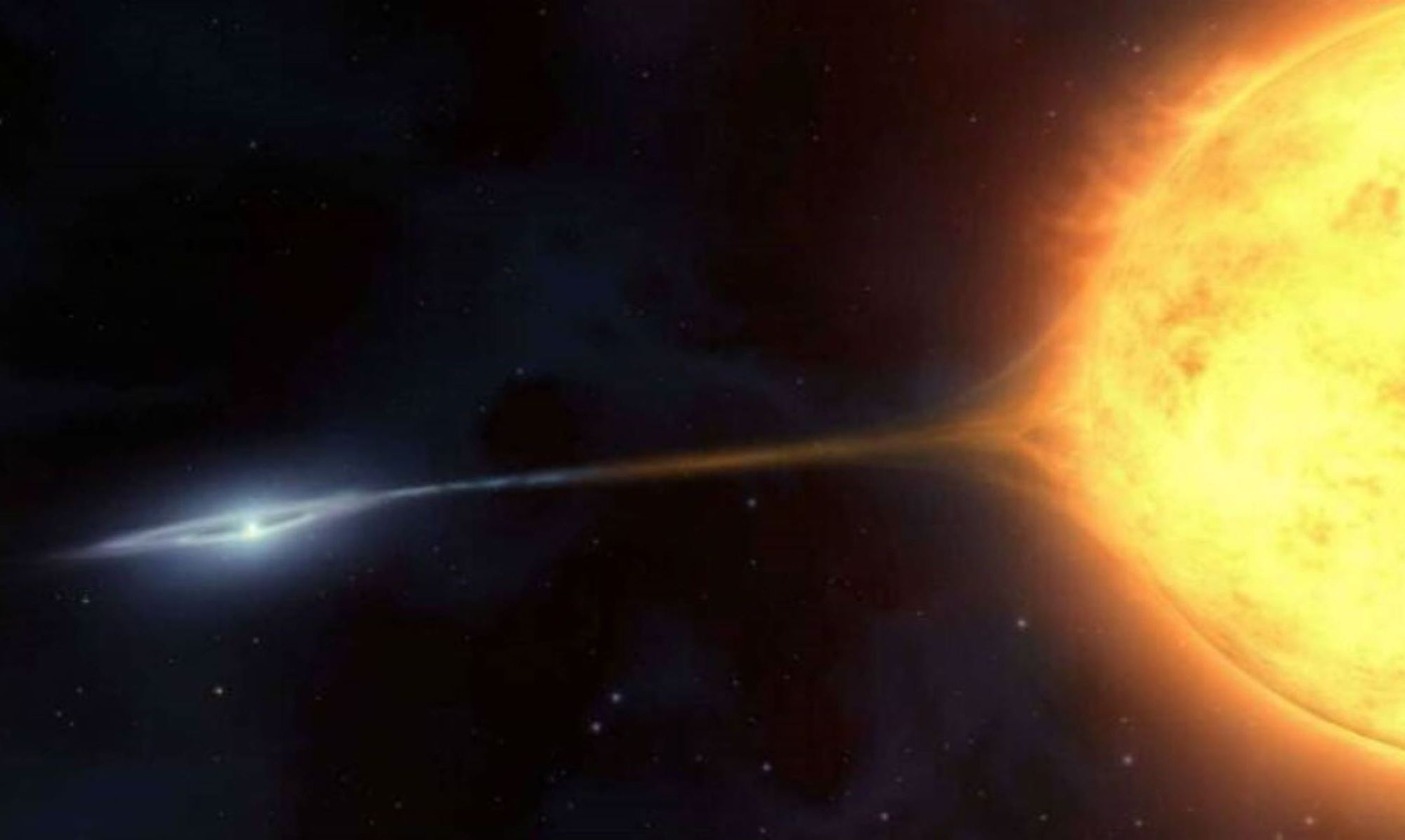We know what will happen to our Sun.
It’ll follow the same path other stars of its ilk follow. It’ll start running out of hydrogen, swell up and cool and turn red. It’ll be a red giant, and eventually, it’ll become so voluminous that it will consume the planets closest to it and render Earth uninhabitable. Then billions of years from now, it’ll create one of those beautiful nebulae we see in Hubble images, and the remnant Sun will be a shrunken white dwarf in the center of the nebula, a much smaller vestige of the luminous body it once was.
This is the predictable life the Sun lives as a solitary star. But what happens to stars that have a solar sibling? How would its binary companion fare?
Continue reading “Binary Stars Live Complicated Lives, Especially Near the End”
